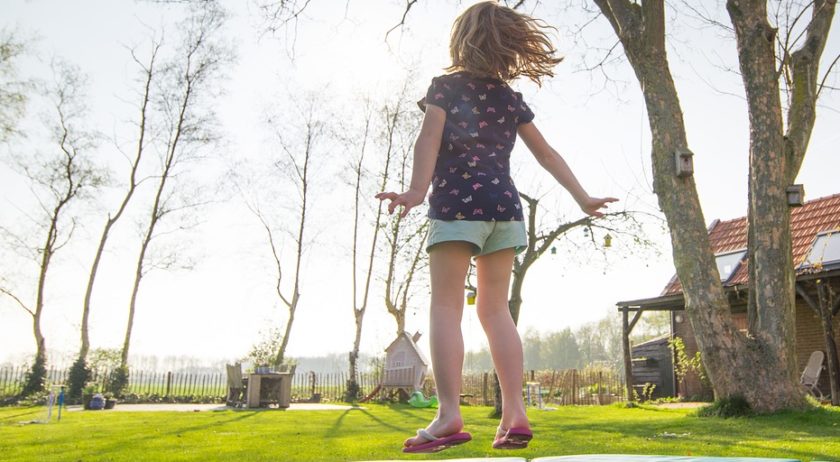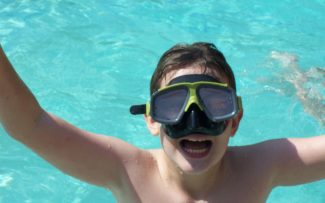Traditional strategies for treating children with ADHD and working memory difficulties revolve around the use of medication and behavior modification. While medication is clearly the single most potent tool for children with severe ADHD, many parents are reluctant to use meds due to side effects, concerns about using medication to control behavior, and possible long-term issues. Fortunately, new research demonstrates the benefits of other strategies that help improve attention, focus, and executive-functioning skills.
One of the most important interventions for children with ADHD involves exercise. Many parents think that encouraging their child with ADHD to exercise improves behavior because it tires them out or uses their energy. While that may be one benefit of exercise for kids with ADHD, the more powerful reason that exercise helps kids and adults with ADHD is brain-based. Research suggests that vigorous physical exercise can increase a brain protein called brain derived neurotrophic factor (BDNF). The mechanisms for this are described by John Ratey, M.D. in his book Spark: The Revolutionary New Science of Exercise and the Brain.
Ratey describes a variety of strategies for using exercise to help children and adults with ADHD. In addition to a recommended one hour a day of vigorous physical exercise, he also describes how exercise that requires complex body movements (such as swimming, tennis, or karate) can be useful for children and adults with ADHD. In my clinical practice, I have found that rock climbing, and gymnastics are particularly well-suited to helping kids with ADHD. In addition, I often see that kids with ADHD truly need to focus their attention on exercise that involves high levels of risk and danger such as surfing, skateboarding, BMX bike riding, and snowboarding. It’s not at all surprising that many Olympic gold medal winning snowboarders describe themselves as having ADHD.
LearningWorks for Kids is particularly interested in how to use technologies to help kids with ADHD. There are many strategies that use technology that can encourage kids to exercise. Playing an exergame or using a fitness trainer can get kids with ADHD to exercise on a regular basis.
Here are five strategies for using exercise to help your child with ADHD:
Exercise at a specific time and frequency to address Attention-Deficit/Hyperactivity Disorder. There are overwhelming data regarding the importance of vigorous physical exercise for children and adults with Attention-Deficit/Hyperactivity Disorder. Because many individuals with Attention-Deficit/Hyperactivity Disorder benefit from a schedule, having a regular exercise routine may be the best way to make this powerful intervention habitual for your child. Have a specific time during the school week when exercise takes place, either directly after school or before dinner. A minimum of 30 minutes of vigorous exercise is recommended, and preferably 45 to 60 minutes. Doing this outside would be optimal, but indoor exercise also works. This could include the use of tools such as treadmills, exercise bikes, yoga videos, elliptical trainers, extensive weight sets, or dance/exercise videos. Keeping indoor exercise interesting by listening to music, watching television, listening to audiobooks, reading popular children’s books, using a fitness monitor, doing it with a friend, using an exercise video, or using an active/exercise video game could keep your child consistently engaged in this routine.
Exercise before school. Researchers have demonstrated that even 15 to 20 minutes of exercise can lead to 1 to 2 hours of improved concentration. Having your child exercise before school would increase his likelihood of having a good morning, with increased focus and ability to get work done. The exercise should be vigorous and easy to do on a daily basis. Your child could take a walk or ride a bike each morning, outdoors if the weather permits or indoors on a treadmill or exercise bike while engaged with an exercise video.
Walk or bike to school. This is a simple but effective solution that might be a partial explanation for why rates of Attention-Deficit/Hyperactivity Disorder were lower in previous decades. Exercise helps to change brain chemistry to improve attention. Children who walk or ride their bikes to school are likely to have increased amounts of brain-derived neurotrophic factor that will help them to focus and concentrate for at least the next hour, if not longer. Walking or riding one’s bike to and from school can help both in terms of getting going in the morning and also in doing homework in the afternoon.
Exercise before doing homework. While this is counterintuitive for some and does not always work, many children with Attention-Deficit/Hyperactivity Disorder benefit from taking time off after school before they do their homework. However this time with should be focused on vigorous physical exercise and not playing a video game or watching television. Active movement can lead to improved focus and concentration and is therefore seen as a powerful tool for homework completion and focus. While some children may do better if they get their homework done immediately after school, particularly if they are younger and homework assignments are very short, this approach could be worth experimenting with during a two- to three-week period to determine whether it improves homework completion.
Choose sports positions that are best for children with Attention-Deficit/Hyperactivity Disorder. Sports that require ongoing activity (such as soccer, lacrosse, field hockey, and swimming) are often the best choices for children with Attention-Deficit/Hyperactivity Disorder. Other sports such as baseball or softball may be somewhat more problematic unless children play positions such as pitcher or catcher, where there is the need for constant focus and concentration. Check out the following articles to learn more about the best sports and right positions for children with Attention-Deficit/Hyperactivity Disorder.






